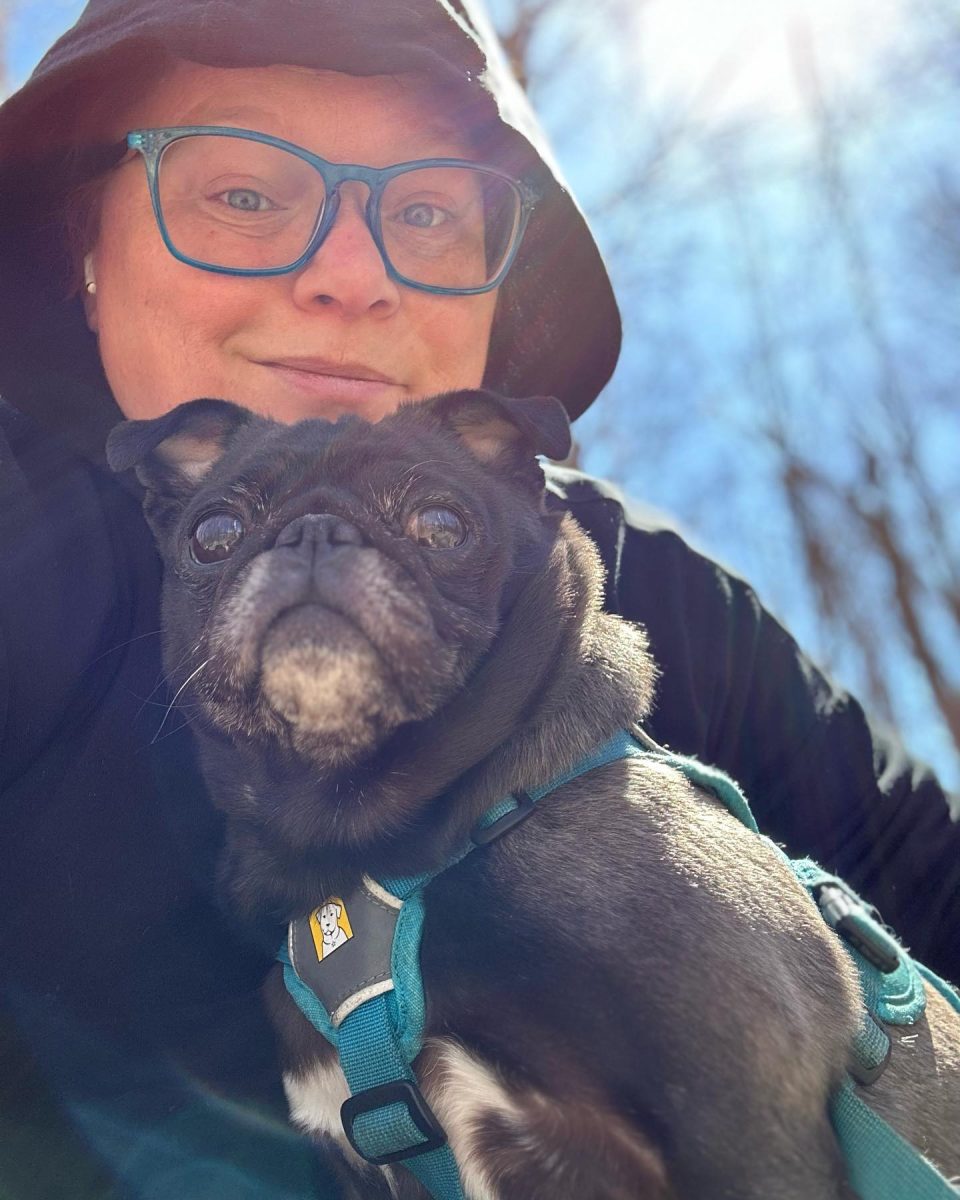Here’s the scene: There’s a body on the side of the road in southern Vermont. Maybe alive, maybe dead, but no one cares. They just drive on past, and if they take their eyes off the road to glance in the rearview or, god forbid, over their shoulders, they keep their feet on the gas pedal.
I was out driving on a Friday night with my pal from the North Country, a stranger in a strange land. We were on the northwestern road into town, a strange land indeed, where the trees stand like an army of somber, ancient sentries, guarding countryside that undulates into voluptuous hills perfumed with darkness.
We were tracing one of its curvaceous roads when the body showed up in the headlights like a cancerous mole. Arms out, face down, sprawled across the pavement.
We pulled over without saying anything.
Then my pal said: “Did you see that?”
We looped around. People kept driving past. Their feet kept on the gas pedals.
Two loops and we were convinced it wasn’t a Halloween dummy or prank. Its hands were thickly fleshy, strong butcher’s hands. Its jeans and boots were huge, and its shirt could have been tied to a mast and used as a sail.
Another loop doused a false alarm: it did have a head, buried under an anaconda’s worth of bandana.
Strange scene, right? Edgar Allan Poe material?
This is Springfield, Vermont, a body of people off I-91, a place somewhere between life and death – but no one’s taking its pulse. If Vermont were a room in the house of the United States, Springfield would be the body locked in the closet.
It wasn’t always like this. Now maybe Edward Hopper would paint Springfield, were he alive – but once upon a time, this place was fit for Norman Rockwell.
Springfield lies in the Precision Valley, the heart of the Vermont machine tool industry – and at one point Springfield was the heart of that. James Hartness hightailed it from Windsor in 1888 and brought the Jones and Lamson Machine Tool Company to Springfield.
J & L quickly developed a reputation for the same shining precision as its products, which inspired Edwin Fellows to start the Fellows Gear Shaper Company in 1896.
Machine shops and factories composed downtown Springfield in its prime like major organs. Maybe Fellows Gear Shaper, which looked like a small industrial White House made out of bricks, pumping proudly beside the Black River, was Springfield’s heart.
Maybe Jones & Lamson, which looked like one of Charles Dickens’s old English factories dropped in the middle of a Laura Ingalls Wilder story, was Springfield’s lungs.
Springfield was so healthy in the 1940s that the U.S. government ranked Springfield the seventh most important bombing target in the United States. Springfield’s machine tool industry was considered that important to the war effort.
But Jones and Lamson pumped its last breath in the 1980s, like most of the American machine tool industry, and the Fellows Gear Shaper was pronounced dead in the 1960s.
Fellows has been recently renovated into – get this – a medical center. Looking at its new, high-class-dining-worthy lights beaming from the squat brick fortress over the river at night, surrounded by neighborhoods of rotting wood and devastated paint, it looks like a MASH unit has infiltrated the Death Star.
There have been attempts to rescusitate Springfield from the inside, but they’ve been attempted by no more than a few people at a time, usually the same few people, lone paramedics trying to attend to thousands of wounded in the midst of battle.
That’s literal battle, now, as gangs wage war to rule Springfield. One Springfielder released what the Rutland Herald called “a hail of bullets” in the middle of a downtown intersection this past summer. Months later they sent him back to Springfield and gave him a 24-hour curfew.
Another Springfielder jailed around the same time in White River Jct. was recorded warning a pal that two unidentified gangs were close to taking over Springfield, and that it was only a matter of time before enough money spread and enough shots were fired to finish the job.
The Springfield Police Chief claims the police force is understaffed, overworked, and exhausted, and the town voted against giving the Force extra money to hire additional officers.
The town also has a proud tradition of voting against the school budget, a tradition they upheld at this year’s town meeting.
Meanwhile, the Eureka Schoolhouse, the oldest one-room schoolhouse in Vermont, sits frozen in time along the road into town. Which collects more dust: the schoolhouse, which was used up until 1900 but remains open as a historic landmark – or the road into town, four lanes that host half a dozen cars at any one time on a busy night?
My father told me those lanes used to be necessary, that after the three o’clock whistle sounded they’d flood with grease-stained industrial workers, giddy gear-shaping soldiers the town seemed to bleed from its grimy steel veins.
Four lanes. Like Burlington.
Look at old postcards of Burlington from the 1940s or earlier. A lot of church steeples, small houses, trees, fall foliage. Look at old postcards of Springfield from the same time. Same thing, half the scale. Classic Vermont homes: they looked like little birdhouses, bright yellows and deep blues.
There’s a row of houses across from the Medical Center nee Gear Shaper, looking out over the Black River, pressed against the trees at the bottom of Elm Hill like outcasts with their backs to the wall. They used to be birdhouses, too.
The one that would have been deep blue has become a shallow, icy blue, and even that’s peeling to reveal nothing but sapless wood. The glass between rotting window frames needed to be replaced in the 1980s: the years have been so savage the glass looks as scarred, chilly, and feeble as a hypothermia victim. Some of the glass has chipped away. One of the windows has been shattered, perhaps by a hail of gunfire, perhaps by a stone, maybe even just by time. The residents have stretched sallow plastic over the window like a Band-Aid.
Only the glass of the decrepit door looks healthy. Someone recently wrote in chalk: “THERE IS LOVE IN THIS HOUSE.”
And there was life in that body, too. Not much. His pulse was barely there. It was a cold night, and people had left the body lying there too long. But he lived all the same. A trucker pulled over after our third loop and got to him before we did. We left as a police cruiser’s blues cut through the darkness like a holy neon apparition.
Maybe the body was hit by a car – there was a little blood – or maybe it was hit by drinks. Doesn’t matter how it happened. My point is it was alive.






